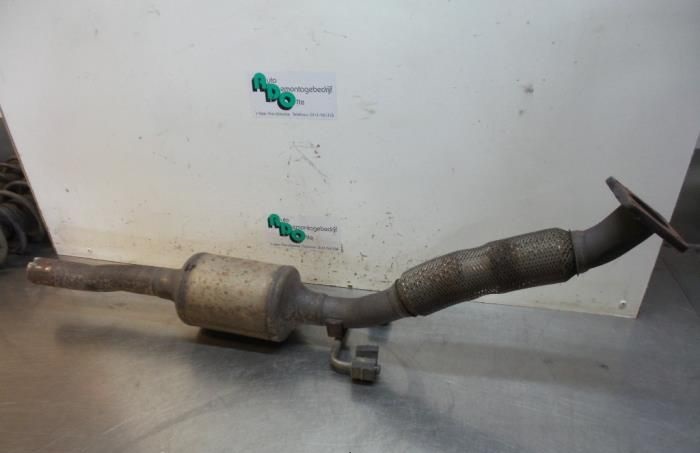How Technology Has Transformed Car-Buying and Selling

Car buying and selling have also changed due to innovation. In 2021, about 70 million vehicle units are expected to be sold. Most of these sales have been made possible by technology. Let's take a look at some of the ways technology has changed car-buying and selling.
1. Car Research
Statistics show that 95% of car buyers research online before going to a dealership. They visit dealership websites, third-party sites, and watch YouTube reviews to identify the best car. They also visit reputable car review websites that provide information about the car models. Some buyers actually do everything online to save time, while others visit a dealership to close the deal. Researching online makes selecting a car at the dealership easier and reduces the time spent haggling over choices.
2. Remote Purchasing
Most car buyers don't enjoy the car-buying experience at the dealership. They prefer using technological tools to examine and test drive vehicles online to avoid the experience. Due to this, more dealerships have shifted their operations online, even making it possible to buy cars online. After a car buyer shows interest in a specific vehicle, it can be delivered to their home for a test drive. This allows them to complete the purchase process without physically visiting the dealership.
3. Virtual Showrooms
Automakers and dealerships now use virtual reality (VR) in their operations. When shopping, car buyers can use a virtual car customizer to customize vehicles and see how they look with different features. Car manufacturers offer this technology to enable potential customers to explore the available models online. VR enhances the shopping experience for car buyers. The global VR automotive market size was valued at $759.3 million in 2019 and is projected to reach $14,727.9 million by 2027.
4. Digital Marketing and Advertising
In response to changing consumer trends, car manufacturers and dealerships have moved most of their advertisements and marketing online. More people now shop online, so the only way to reach them is by marketing online. Automakers and dealerships now use social media platforms and digital marketing strategies to reach customers. They also customize their digital campaigns and adverts for their target audiences.
5. Seamless Buying Process
The car-buying process is now more streamlined. Dealerships optimize their websites and make them mobile-friendly to make it easier for customers to shop and buy cars. In addition, sales teams also use technology to access the enterprise systems remotely. Instead of filling a lot of paperwork, they use automated processes, which shortens the time it takes to process paperwork. Car buyers can shop for cars online, pay, and seal the deal in a few hours.
Technology is a critical part of the automotive industry. It's integrated into all parts of the industry, especially the car-buying and selling process. It has forever transformed the auto industry and benefits automakers, dealerships, and car buyers.
You should read it
- Processing data in Java in Oracle
- Unlocking the Thrill of Online Casinos With Tech-Savvy Tips
- Reducing Costs Through Smarter Cloud Usage
- Seizing Opportunities: Bitcoin and Nano Investments
- First week of green with Neeko League of Legends
- Mastering the Mouse and the Slot Machine: Computer Tips for Canadian Casino Enthusiasts
- Leaving the Avengers aside, these are the 10 most powerful animals in the Marvel universe
- How to Choose a Live Dealer Roulette Game
- Top 5 best survival games on PC
- Top Mistakes To Avoid When Implementing Customer Relationship Management (CRM)
- Nokia Booklet 3G - 'King' of netbook types
- From Tabletop Gaming to Art: How Classic Forms of Entertainment Have Been Transformed By Mobile
May be interested

2022 will be a big year for the metaverse

Close-up of the $ 150 million machine that dominates the global semiconductor industry

Features of Volkswagen catalytic converters

5 Useful Digital Tools for Your Loyalty Marketing Strategy

More than 9 million Android devices infected with malicious code from applications in Huawei AppGallery

Kaspersky predicts the trend of targeted attacks in 2022





 5 things to do before selling phones to others
5 things to do before selling phones to others Experience buying and selling on eBay
Experience buying and selling on eBay Guide to buying a laptop: Tips for shopping
Guide to buying a laptop: Tips for shopping Things to know when buying Chinese technology items
Things to know when buying Chinese technology items Apple may lease the iPhone instead of selling it now
Apple may lease the iPhone instead of selling it now The Role of Due Diligence in Selling Your Company: What You Need to Know
The Role of Due Diligence in Selling Your Company: What You Need to Know